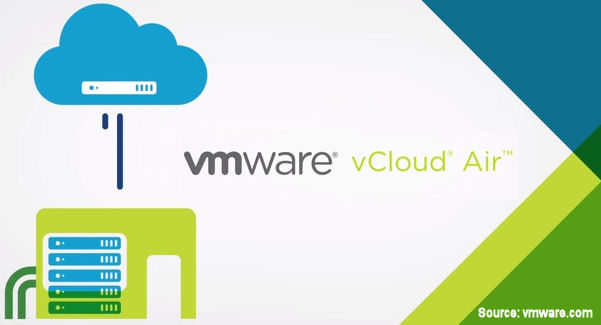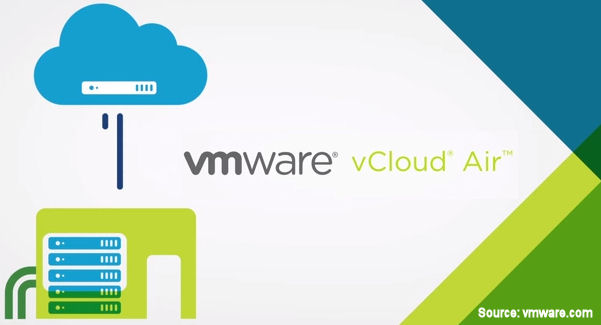According to a recent State of the Cloud Survey(1), 74% of enterprises have a hybrid cloud strategy and more than half of those are already using both public and private cloud. It’s no secret why. The advantages of a combined on-premises and cloud-based data center are just too extensive to pass up. Using the cloud means you can scale your IT capability as you grow, rapidly deploy applications to meet market and operational demands, and, most importantly, pay only for the computing power you use. There’s no need to invest in hardware to provision for an unpredictable workload.
Overcoming the Challenge of Moving to the Cloud
Virtualization has optimized on-premises IT infrastructure and serves as the perfect launching pad to get you into the cloud. But there are issues when considering a shift to using cloud-based resources. You might have to rewrite or modify applications for portability into the cloud and that can lock you into individual service providers for the long term.
However, if you’re running an IT infrastructure built on a VMware foundation, your move just became a lot easier. vCloud Air, a family of cloud services owned and operated by VMware, is built on the vSphere platform, and allows you to seamlessly extend your VMware-based data center to the cloud. Using vCloud Air, you can set up a dedicated, single tenant cloud that provides physical isolation, or a virtual private cloud, a multi-tenant arrangement with a logically isolated infrastructure.
Advantages of vCloud Air
There are several key benefits to getting into the cloud from your existing VMware landscape.
Agility. You’re able to set up, tear down, test and deploy applications without building new IT infrastructure. You can go live faster without having to learn new skills or processes. You’ll also have the ability to extend and contract virtual machines of any size.
Compatibility. You have access to VMware’s 5,000+ applications and 90 operating systems to maximize your flexibility. You’ll have the same security, availability and performance as with your existing on-premises infrastructure. You can better leverage your existing IT investments, processes and expertise, which keeps costs down and risks low.
Ease of use. You can keep your on-site security, control and compliance settings as you move into the cloud. Budgeting is simplified since you’ll only be paying for what you use. You’ll also be using the same support group that handles your on-premises infrastructure.
It’s likely not a question of “if” you’ll be pursuing a hybrid cloud strategy, but “when.” I believe that GTRI, along with VMware’s vCloud, can provide the boost to get you there. Contact us for more information.
(1) 2014 State of the Cloud Survey, Right Scale, April 2014.

